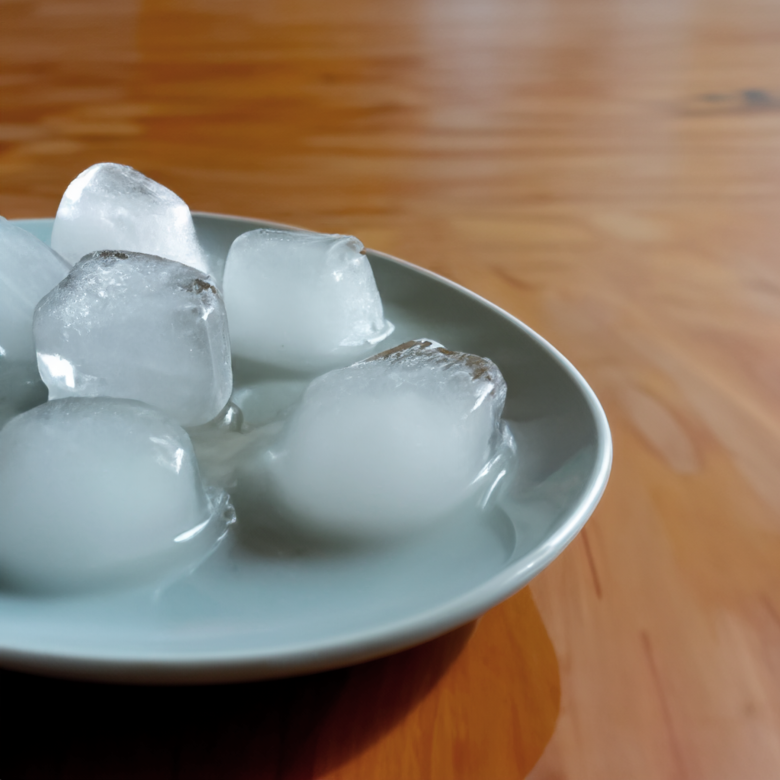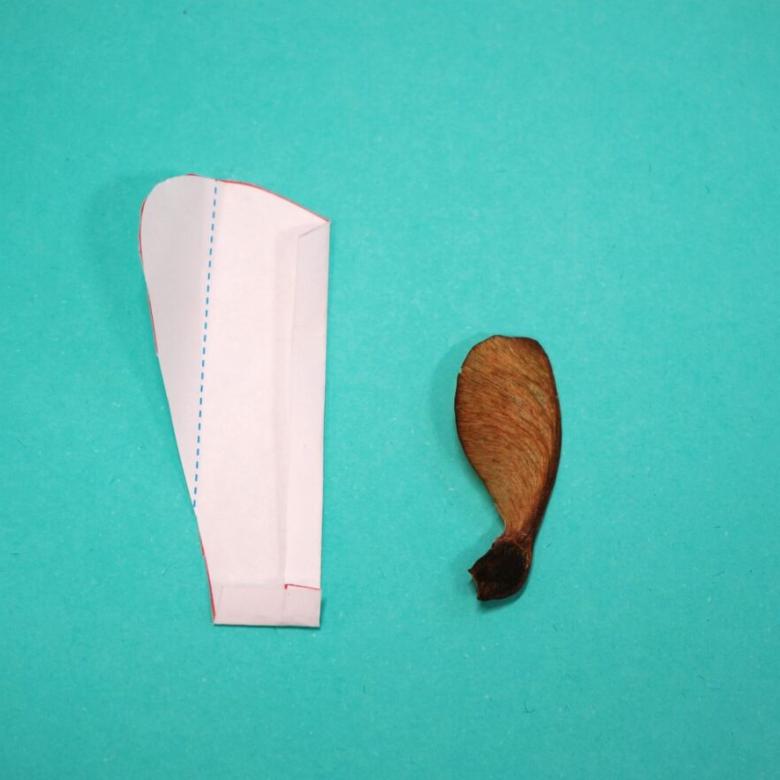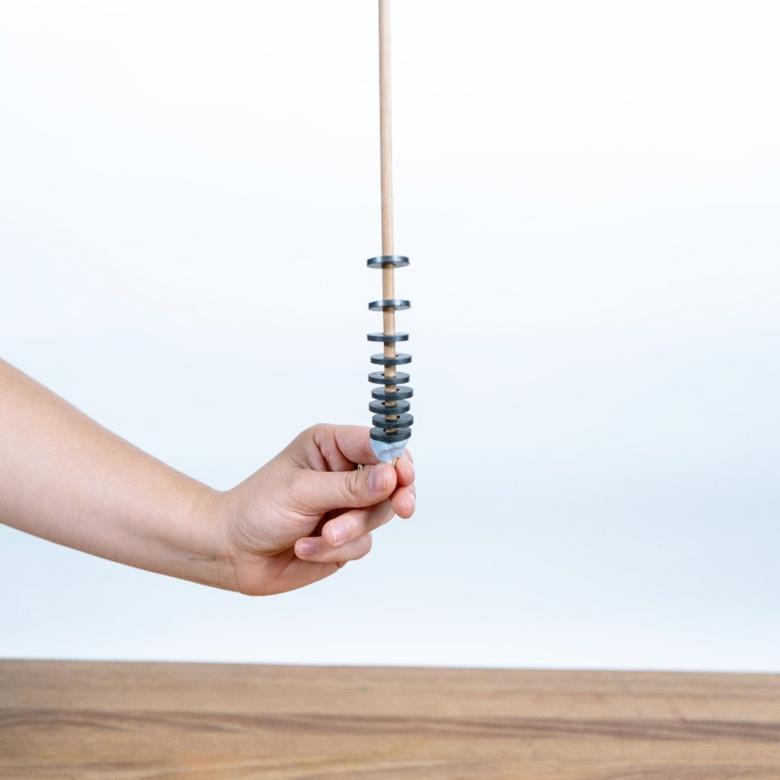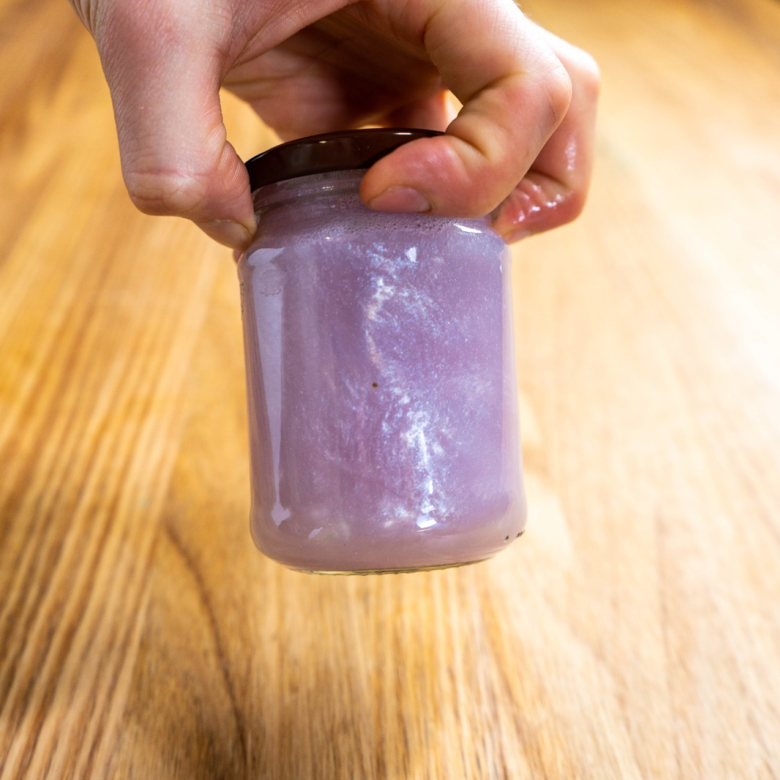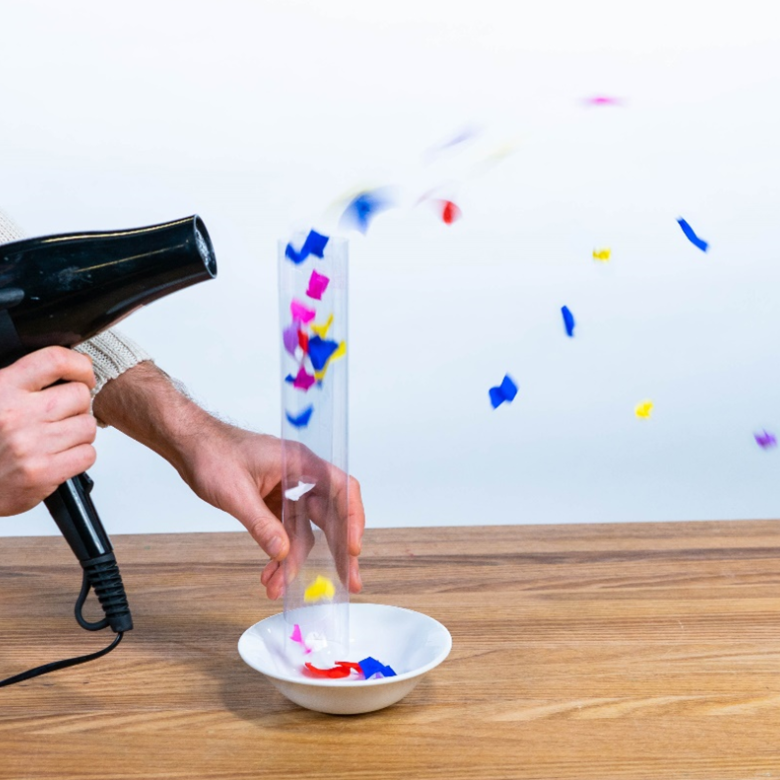You'll need
- Ice cubes
- A plate or tray to hold the ice cubes
- A glass
- Insulating materials, e.g. Styrofoam, paper, fabric, cardboard, alfoil etc.
- Scissors, sticky tape and/or glue
- Timing device
- Pen and paper
- A sunny day!
What to do
- Put two ice cubes on your plate.
- Cover one with a glass and leave the other ice cube uncovered.
- Place both of the ice cubes in direct sunlight.
- Make a prediction — will one ice cube melt faster than another? If yes, which one?.
- Using a watch or timer, check the ice cubes every two minutes to find out how long it takes for each piece of ice to melt. Were the results what you expected?
- Wrap or cover the glass with one of your insulating materials (if possible), place it over another ice cube and repeat the experiment. You could also try wrapping or covering an ice cube directly.
- Make notes on which materials are best at insulating the ice cube.
- Using what you have learned about your materials, design and test the ultimate insulation for an ice cube.
- Which works best — using the glass or not? Creating layers? Making the insulation tight or leaving space for air? Try a few different designs.
Questions to ask
Which ice cube do you think will melt faster? Why?
Do you think this experiment would work the same way in the shade?
How will you design your insulation? What materials will you use?
What's happening
Heat is a type of energy, and can be transferred via convection, conduction or radiation. In liquids and gases, convection means that hot air or liquid will rise, but the denser, cooler particles will sink down. Heat can travel through solid materials via conduction. This is why a frying pan will get hot when it's placed on a stove. Some materials conduct heat better than others. Radiation is when heat moves via light (like heat from the sun).
In this experiment, the sun's radiation was transferring heat energy to the ice cubes.
When you place a glass over the ice cube, it acts a bit like a greenhouse, allowing the sun's radiation to transfer through and then trapping the heat energy inside. In the same way, the windows in our house let heat energy inside in the summertime.
Insulation slows the rate of heat transfer. Shiny materials, like foil, help reflect radiated heat away, whereas air-filled materials like Styrofoam act as a barrier to heat flow. In the same way, shade cloths, curtains, and insulation can stop the sun from heating up our house.
Did you know
House insulation is good for keeping us warm in winter, but it’s also good for keeping us cool in summer! How can something that keeps us warm also help to keep us cool? In this experiment, we will design insulation to stop ice cubes melting, and learn about how insulation works in both hot and cold weather!

